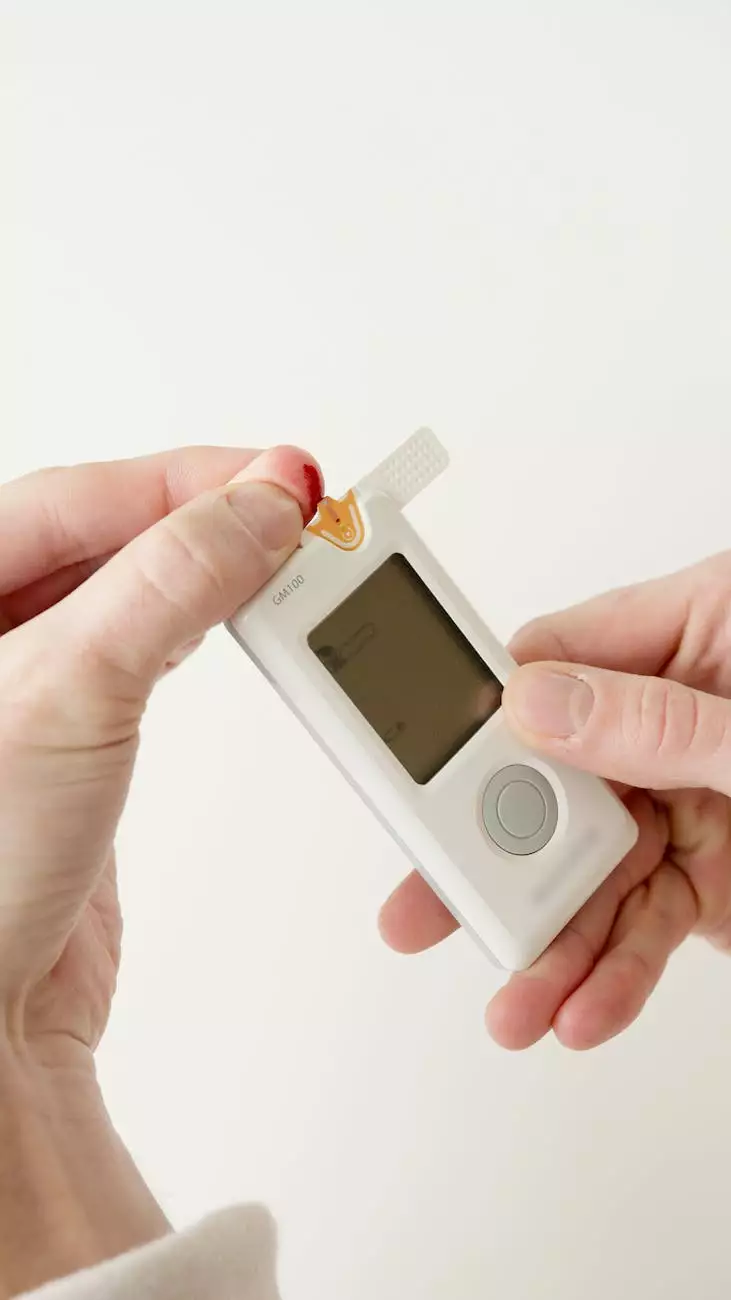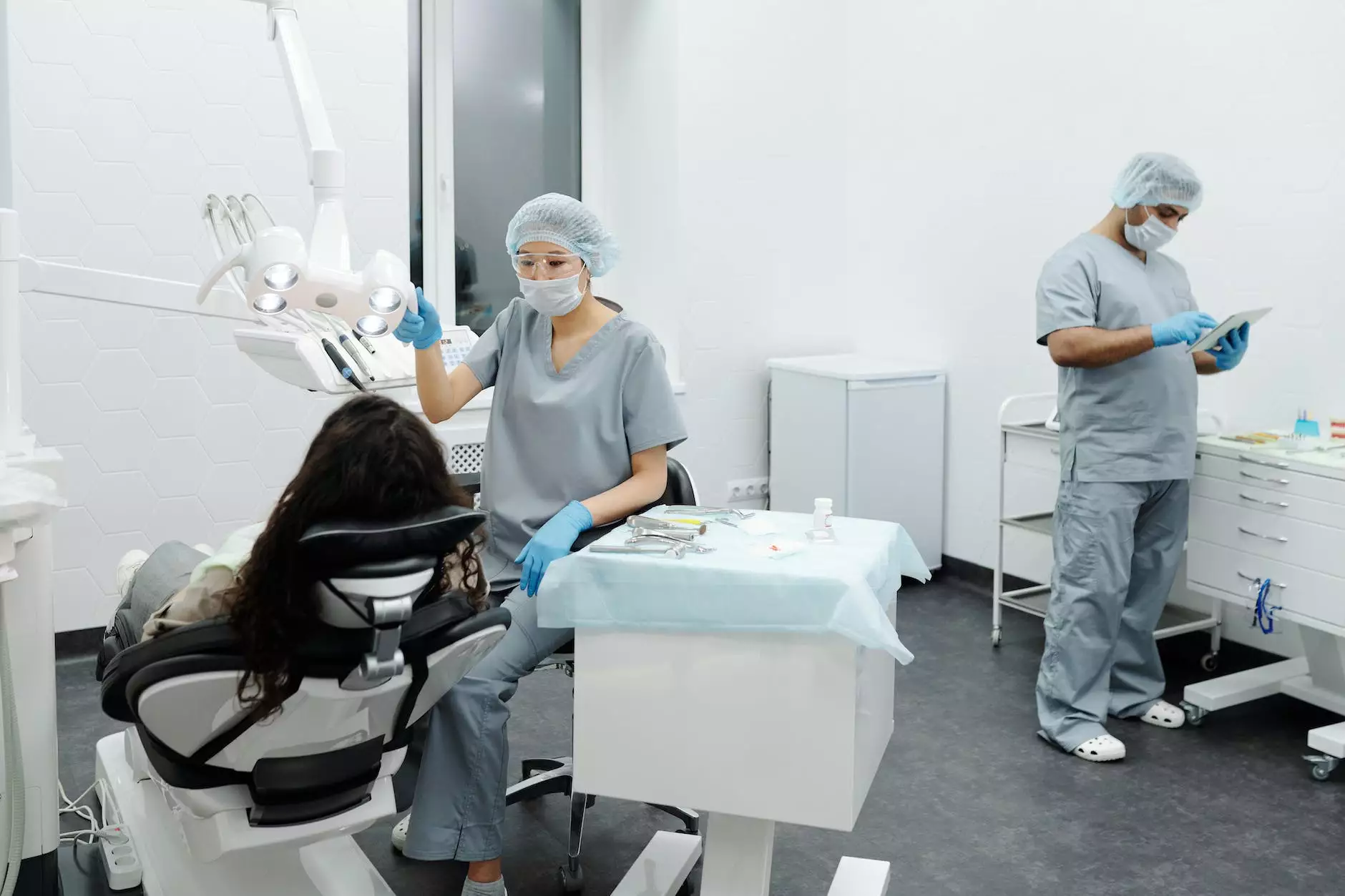Going Home After SDR Surgery

Overview
As you prepare to leave the hospital after your selective dorsal rhizotomy (SDR) surgery, it's important to have a clear understanding of what to expect during the transition period and how to take care of yourself for a successful recovery. At Foley James D MD, we prioritize your well-being and want to ensure a smooth transition from the hospital to your home environment. This guide provides valuable information and tips to help you navigate this important phase of your SDR journey.
Preparations
Before you leave the hospital, the medical team will provide you with detailed instructions on how to care for yourself after SDR surgery. They will review your specific post-operative care plan, including medications, wound care, and any specific restrictions or limitations. It's crucial to follow these instructions diligently to optimize your recovery and minimize the risk of complications.
Make sure to arrange for transportation to take you home safely. Ideally, have a family member or friend accompany you, as you may still be experiencing some discomfort or mobility challenges. Having someone to assist you during the journey can greatly reduce stress and ensure your comfort.
Discharge Instructions
Upon discharge, you will receive a comprehensive set of written instructions detailing the specific do's and don'ts during the first few weeks of your recovery at home. These instructions will cover areas such as:
- Wound care: Learn how to clean and dress your surgical incisions to prevent infections and promote proper healing.
- Pain management: Understand the prescribed pain medications and follow the recommended dosage and schedule. Report any severe or worsening pain immediately to your healthcare provider.
- Mobility: Gradually increase your physical activity level as guided by your medical team. Begin with short walks and gradually build up stamina. Use any assistive devices recommended to aid in walking or maintaining balance.
- Physical therapy and exercises: Follow the prescribed rehabilitation program to strengthen muscles and improve mobility. Regular physical therapy sessions, both at home and with a professional therapist, are crucial for a successful long-term outcome.
- Diet and nutrition: Maintain a balanced diet, ensuring an adequate intake of protein, vitamins, and minerals to support healing. Stay hydrated and follow any dietary restrictions or recommendations provided by your healthcare team.
- Appointment schedule: Take note of your follow-up appointments with your surgeon and other healthcare professionals involved in your care. These appointments are important for monitoring your progress and making any necessary adjustments to your recovery plan.
Home Environment
Preparing your home environment is essential to ensure a smooth recovery after SDR surgery. Make the following arrangements:
- Comfortable sleeping arrangements: Set up a comfortable and safe sleeping area on the ground floor, if possible, to avoid stairs during the initial stages of recovery.
- Mobility aids: Arrange any recommended mobility aids, such as a walker or cane, to assist with safe movement around your home.
- Bathroom safety: Install grab bars in the bathroom to provide support and ensure your safety during toileting.
- Medication organization: Create a system to help you keep track of your medications, ensuring timely and accurate administration.
- Supportive devices: If recommended, purchase any assistive devices, such as a raised toilet seat or shower chair, to enhance independence.
- Support network: Reach out to family and friends who can provide emotional support and assist you with daily activities during your initial recovery period.
Recovery and Follow-up
During the recovery phase, prioritize rest and self-care. Follow your healthcare team's instructions on wound care, pain management, and rehabilitation exercises. It's normal to experience some discomfort, swelling, and fatigue during this stage, but make sure to report any concerns to your healthcare provider promptly.
Attend all scheduled follow-up appointments to monitor your progress and address any questions or concerns. These appointments allow your surgeon and other medical professionals to assess your recovery and make any necessary adjustments to your post-operative plan.
Remember, everyone's recovery journey is unique, and patience is key. Celebrate each small milestone achieved and stay motivated, focusing on the long-term benefits that SDR surgery offers.
Conclusion
Leaving the hospital after SDR surgery is a significant milestone in your journey towards improved mobility and quality of life. By following the comprehensive discharge instructions, taking care of your physical and emotional well-being, and creating a supportive home environment, you can ensure a successful transition and optimize your recovery outcomes. At Foley James D MD, we are committed to your continued care and are always available to address any concerns or questions that may arise during your recovery process. Take your time, be patient, and remember that you are on a path to a brighter and more independent future.









